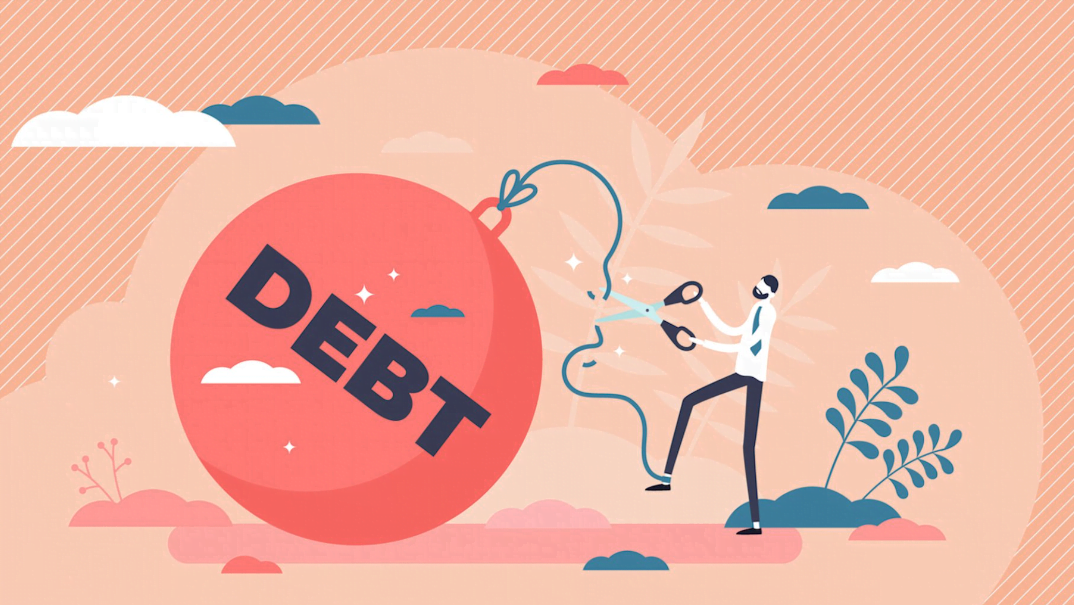Student loan forgiveness has been a hotly debated topic in America for years. With outstanding student debt in the country surpassing $1.7 trillion and millions of borrowers struggling to make ends meet, there is a growing demand for debt relief measures. President Biden’s promise to reform the student loan system, including providing some form of student loan forgiveness, has further fueled the discussion. In this article, we will explore the current state of student loan forgiveness in America, the potential benefits and drawbacks, and what the future may hold for borrowers.
Table of Contents
Understanding the Prospects and Potential Impact of Student Loan Forgiveness Programs in the US
Economic Impact: One of the arguments in favor of student loan forgiveness is the potential economic impact. By providing relief to borrowers, it could free up disposable income that could be used for other expenses, such as housing, healthcare, and retirement savings. This, in turn, could stimulate the economy and create jobs.
Social Impact: Student loan debt disproportionately affects marginalized communities, including low-income households and people of color. Forgiveness programs could help address this issue by reducing the financial burden on those who are already struggling.
Political Obstacles: While there is growing support for student loan forgiveness among the general public, there are political obstacles that may prevent meaningful action. Republicans, in particular, have been resistant to widespread debt forgiveness and may view it as a form of government overreach.
Other Alternatives: While forgiveness programs may be the most talked-about solution to the student loan crisis, there are other alternatives worth exploring. For example, policymakers could consider reducing interest rates, expanding loan forgiveness eligibility criteria, or providing more financial education resources to borrowers.
Legal Challenges: Any student loan forgiveness program would likely face legal challenges, particularly if it involves cancelling debt through executive action. Some argue that the government does not have the legal authority to cancel student debt without congressional approval.
Current State of Student Loan Forgiveness in America
At present, student loan forgiveness programs in America are limited and selective. The Public Service Loan Forgiveness (PSLF) program is available to individuals who work in certain public service professions, such as teachers, nurses, and government employees. The program allows borrowers to have their remaining debt forgiven after making 120 qualifying payments. However, the program has been plagued by issues, including lack of clarity and eligibility issues, which has resulted in only a small percentage of borrowers receiving forgiveness.
Another student loan forgiveness program, Income-Driven Repayment (IDR), offers borrowers a pathway to debt forgiveness after making payments based on their income for a specified period. Depending on the plan, borrowers may be eligible for forgiveness after 20 to 25 years of payments. However, the program has its own limitations, including tax implications and potential negative impact on credit scores.
Potential Benefits and Drawbacks of Student Loan Forgiveness
The potential benefits of student loan forgiveness are obvious – it would provide relief to millions of borrowers struggling with debt and free up disposable income that could be used to stimulate the economy. Additionally, it could encourage more people to pursue higher education without fear of insurmountable debt. However, opponents of student loan forgiveness argue that it could create a moral hazard, incentivizing borrowers to take on more debt than they can handle, and lead to increased government spending.
Another potential drawback of student loan forgiveness is the distributional impact. Not all borrowers are equally burdened by student debt, and some argue that blanket forgiveness would unfairly benefit those who are already better off. Additionally, some borrowers who have already paid off their loans would not receive any benefit from forgiveness.
The Future of Student Loan Forgiveness
The Biden administration has expressed support for some form of student loan forgiveness, but the specifics remain unclear. One proposal would forgive $10,000 in federal student debt for all borrowers, while another would forgive up to $50,000 in debt. Additionally, some lawmakers are calling for more targeted forgiveness, such as for borrowers who attended for-profit colleges or who are in certain professions.
The likelihood of widespread student loan forgiveness in America remains uncertain, as it would require congressional approval and significant funding. However, the issue has gained more attention in recent years, and pressure from borrowers and advocates could push lawmakers to take action.
Conclusion
The question of when student loan forgiveness will be applied in America remains unanswered, but the need for debt relief is clear. While there are potential benefits and drawbacks to forgiveness programs, it is clear that the current system is not working for millions of borrowers. As the debate continues, it is important to consider the impact of student debt on individuals, families, and the economy, and work towards solutions that provide relief and promote access to higher education.


You may like it
10 Best Laptop For Computer Science Students 2024
what is a university chancellor vs president ? A Comparative List
Cheapest Out of State Tuition: Exploring Affordable Opportunities
LSA Course Guide: Navigating the Landscape of Learning in 2024
How Do You Apply MetroPCS Affordable Connectivity Program (ACP)
what is the purpose of schooling? Understanding the School Purposes Meaning